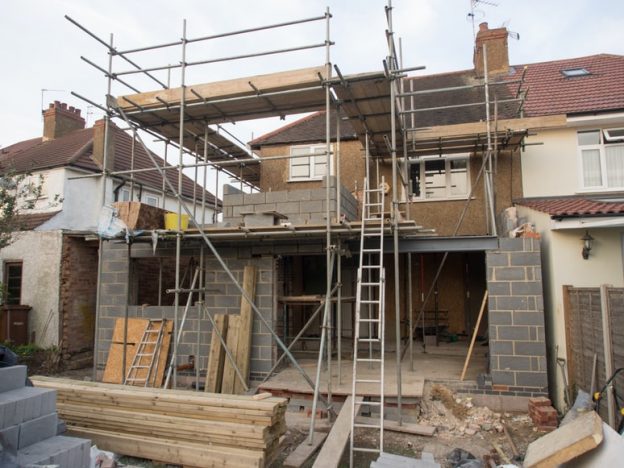Buying a house does not only require money for you to make the purchase worth it. Suppose you are buying a home in no time; you have to decide whether you’re choosing a house with a finished or unfinished basement. You also have to be knowledgeable when investing in properties like this. Later on, you’ll find out why this is an essential factor.
What A Finished Basement Offers
The basement is often referred to in horror movies as a scary place. It is often neglected in homes, but it is an ideal place to bond with your families. You can also make it as storage if you need extra space. When buying a home, many homeowners consider a house with a finished basement. It might be pretty expensive, but here are some things that you can enjoy if your home has it:
- Centralized HVAC system
- Comfortable extra space
- Extra living rooms
A finished basement might offer some advantages, but it also has some downsides. It’s because you need to renovate it if you don’t want serious problems to occur. For instance, you have to open up the walls if the house doesn’t have an HVAC system. You also need to consider it if you plan to install special lighting. However, this could be time-consuming and costly since you need to repair the walls afterward.
Unfinished Basement: Radon Reduction and Other Advantages
Having an unfinished basement might sound like a hassle for some, but there are attractive benefits that you can enjoy if you choose a house with an unfinished basement. Here are some of them:
Create your dream house.
If you are buying a ready-built house, the previous owner might have placed something you don’t like, especially in the basement area. If it has an unfinished basement, the good thing is you can decide what to do with it, allowing you to create your dream house.
Detect possible problems.
It is highly recommended to check the house before buying it. Check the basement and see if it has a radon-reduction system that can help you mitigate radon. This way, you can solve even the slightest problem that might create bigger ones if not detected.
Identify the best radon reduction system.
If the basement is unfinished, you can ask your contractor and request the best radon reduction system installed in the place.
Buying a house with an unfinished basement might not sound like a good idea, but it is especially if you want to customize your home. In terms of radon reduction, you can ask your contractor to install the best radon reduction system, which is easier to do in an unfinished basement.










